Today I’m here to show you how to knit pleats (also known as ruffles). And not those boxed ones nor the horizontal rolled ones, but the vertical rolled organ pleats. Very easy and quick, yet effective knitting garnish for almost every knitting project.
So, what are pleats?
Basically, pleats are a fold or gathering in fabric (sewed or knitted) that are used to create volume. They give the fuller look. And although we usually use them just for eye interest, they also give us the freedom for moving (skirts, sleeves, etc.).
Examples of knitted pleats:
Now, how to knit those pleats?
For this example, one pleat is worked over 12 + 3 stitches. Meaning – the first 3 purl stitches are for the spacing, 9 knit stitches are for the pleat, and the last 3 purl stitches are for the spacing again. Therefore, if you need 10 pleats, for instance, you will multiply 10×12 and add 3 = 123 stitches.
Abbreviations:
- RS – right side;
- WS – wrong side;
- st(s) – stitch(es);
- k – knit;
- p – purl;
- k2tog – knit 2 sts together as if to knit;
- ssk – slip, slip, knit 2 slipped sts together through back loop;
- CDD – central double decrease – knit 1st and 3rd sts together, pass the 2nd st over (see the video below ↓)
- sk2p – slip st knitwise, knit 2 sts together, pass slipped stitch over;
Before we start knitting, let’s talk about decreases a bit.
First the “ssk”. You could do the usual “ssk” like always, but I like to get more definition for this type of knitting project. This is how I do it – slip 1st st knitwise, slip 2nd st from back to front, and then knit them together through back loop -> see the video below for the visual ↓
Now the double decreases. There are two options – either we work the “sk2p” or we do the central double decrease. There is a difference – “sk2p” is quicker to work on, but it will leave your pleat “flatter” looking whereas the double decrease will bring the pleat more forward.
I would use the “sk2p” method when I have something accenting the pleat, framing cables, or snuggling bead just under the “sk2p” for example. Then the focus is not on the pleat itself but on the added embellishment. But if I need the pleat to be the star of the show then I would use the “center double decrease”.
Does this make sense?
Here’s the picture to illustrate – 1st pleat from the right is “sk2p”, but the other two are “central decrease”:
Knitting instructions:
Row 1 (RS): (P3, k9), p3. (15 sts)
Row 2 (WS): K3, (p9, k3).
Row 3: (P3, ssk, k5, k2tog), p3. (13 sts)
Row 4: K3, (p7, k3).
Row 5: (P3, ssk, k3, k2tog), p3. (11 sts)
Row 6: K3, (p5, k3).
Row 7: (P3, ssk, k1, k2tog), p3. (9 sts)
Row 8: K3, (p3, k3).
Row 9: (P3, CDD or sk2p), p3. (7 sts)
Row 10: K3, (p1, k3).
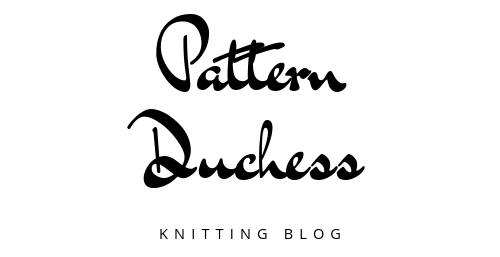
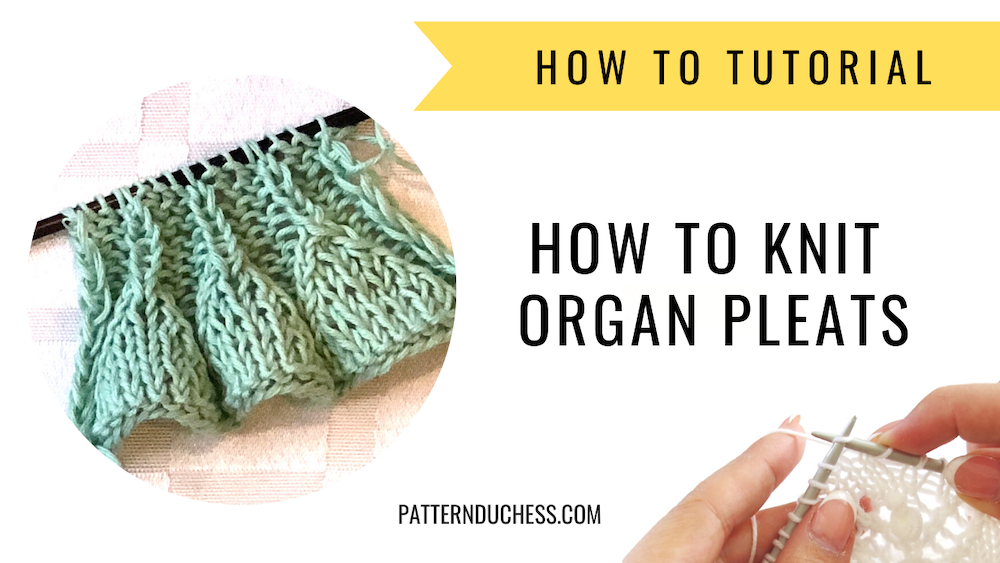
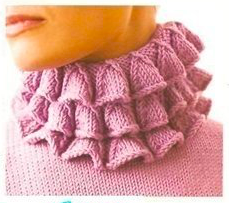
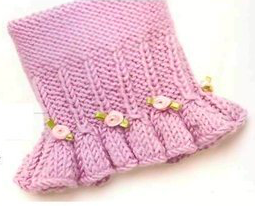
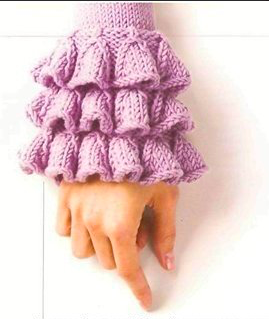



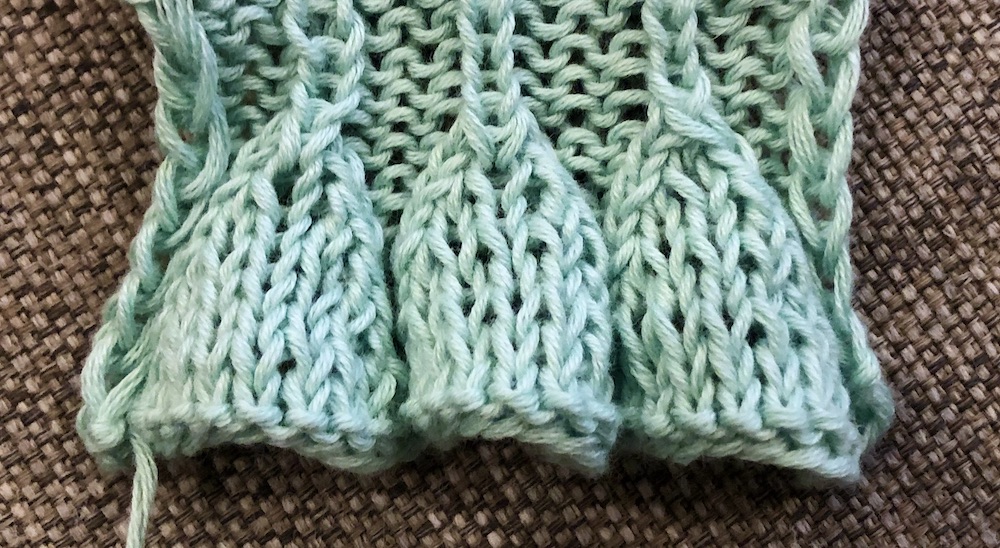
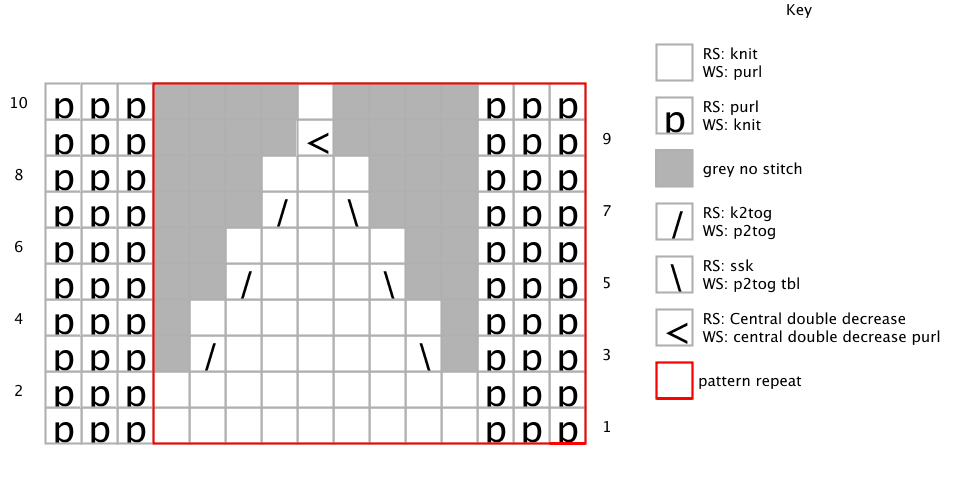
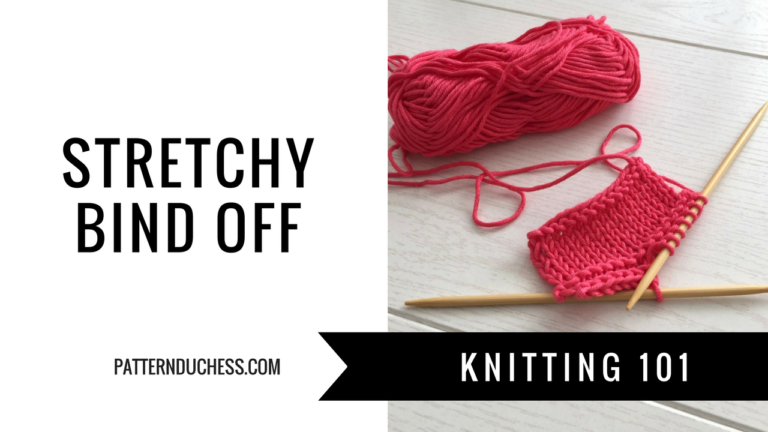
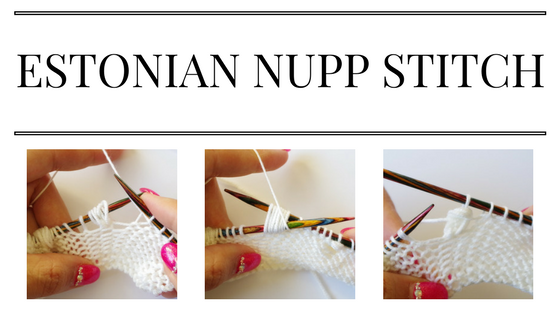
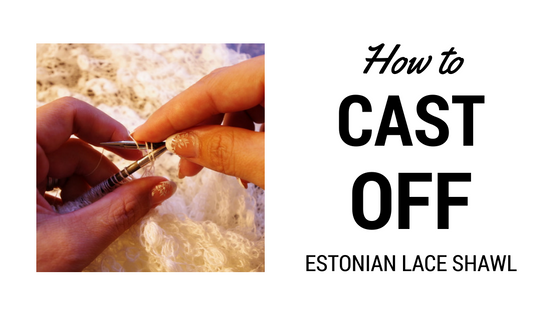
In your written instructions you say nothing about slipping first stitch, are u adding 2 more stitches to the cast on row for a selvedge stitch?
Yes, add 2 more stitches for selvedge 🙂
Hi , oh how easy to follow your video , thanks , very well explained , now I would like to know how manny stitches should I cast on for the cuff of a sock usually I cast on 64
Thank you so much
Hi, if you usually cast on 64 stitches then you would need to start with 192 stitches ( I hope my calculations are correct).
It’s a great idea to use it for a sock. I never thought of that 🙂